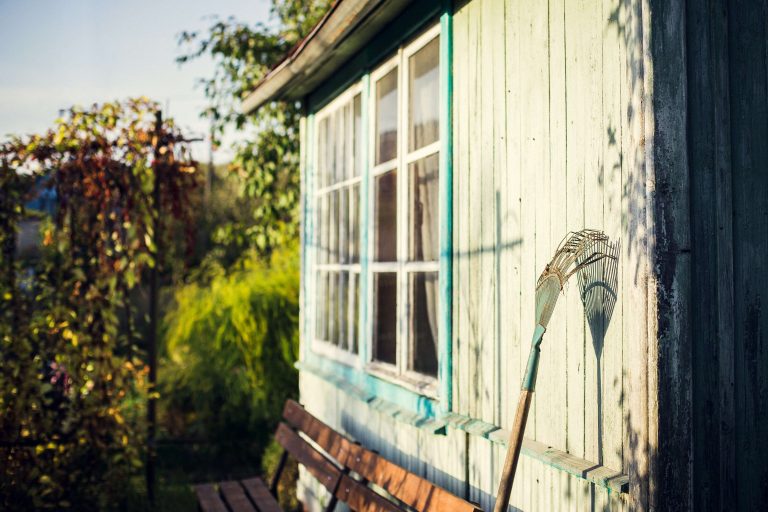Eco-friendly Building Materials
Post by : favouritehomes
With advancements and improvements in building materials, the construction industry has been forging ahead at rapid speeds. However, it is time to pause and think about the effect of this construction boom on the environment. This is due to the negative effect on the environment as well as the well-being of humans.
Most building practices have unsustainable aspects that have been draining Mother Nature, exhausting natural building materials and polluting the environment in the process.
This has created opportunities for research and production of more eco-friendly building materials. These are more innovative, unconventional and more cost-effective in nature – and use natural by-products of other industries. There are numerous agro-industrial wastes, residues, natural fibers and by-products such as rice and wheat husk, bagasse (sugarcane waste), hemp, coir, etc, that make up viable building materials. These are more energy-efficient and economical methods of construction.
While there is no way to compensate for exhausted resources and carbon emissions, you can opt to use eco-friendly building materials and contribute towards creating environmentally-friendly homes. Here are some eco-friendly materials you can consider:
Bamboo
This is incredibly fast-growing and can grow almost anywhere. It’s a great eco-friendly material that can be used to create literally any part of a building – from framework to tiling.
Reclaimed wood
Some companies are into using reclaimed wood and waste products from the lumber industry (such as the bark) and rework it into new wooden products suitable for building.
Recycled metals
Iron, aluminum, steel, and copper are among the most recycled metals and can easily be incorporated into building designs. Why go for virgin metal when cheaper recycled metals can be had.
Recycled glass
There is no end to the use of recycled glass for creating sustainable designs. Old window panes and solar panels make pretty stunning glass counter tops, glass floor tiles and glass blocks, all of which can be used very creatively in building design.
Ashcrete
You can save on cement when making concrete by mixing coal fly ash (a byproduct of coal combustion) and making Ashcrete instead of traditional concrete. This is a stronger more durable concrete that gets you LEED points as well as reducing consumption of cement resources.
Nappy Roofing
Now, this is one recyclable you wouldn’t have heard of! The world uses an uncountable number of diapers on a daily basis. Along with other hygiene products, these nappies can be recycled into useful plastic materials and roofing tiles.
Recycled Plastic blocks
Plastic waste is clogging the oceans and streams. Why not recycle them into blocks and prevent environmental pollution? These blocks can easily be substituted in building constructions.
 +91-98959 94000
+91-98959 94000 +971 501148100
+971 501148100











